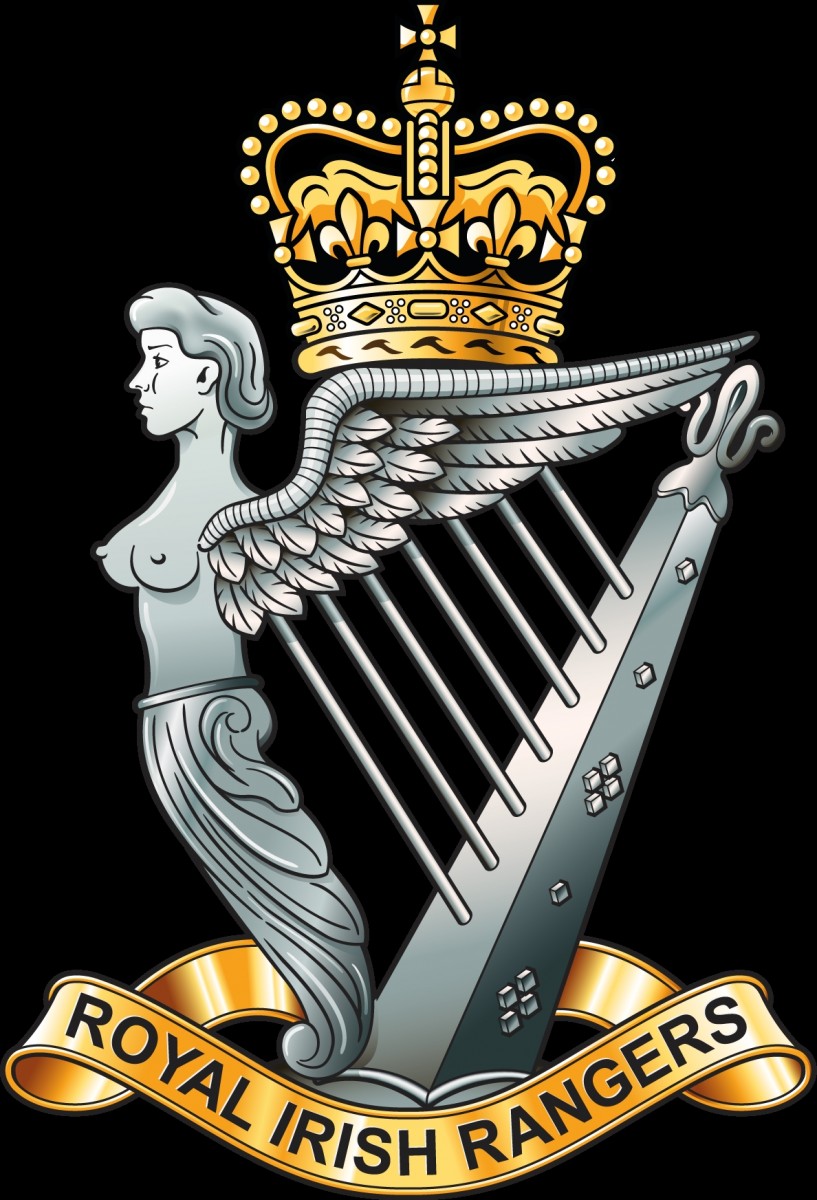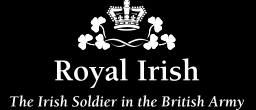4th/5th Battalion The Royal Irish Rangers retitled The Royal Irish Rangers
 On 8 July 1998 The Secretary of State for Defence, The Rt. Hon. George Robinson MP, presented to Parliament the White Paper titled 'Strategic Defence Review' (SDR) which included the future of the reserves.
On 8 July 1998 The Secretary of State for Defence, The Rt. Hon. George Robinson MP, presented to Parliament the White Paper titled 'Strategic Defence Review' (SDR) which included the future of the reserves.
Reserves (either as individuals or as formed units) were to be capable of performing a wide range of tasks to assist the Regular Armed Forces whether deploying at short notice to meet a crisis or undertaking pre-planned short tours to support long running peace operations. This support was to be provided by volunteers wherever possible, but if necessary by compulsory mobilisation.
The TA was to offer utility across all defence missions and military tasks, be an integral element of the Army's operational force structure and provide both formed units and individual reinforcements. The TA was to reduce to 40,000, shift its emphasis from combat to combat service support forces and be trained to operate key battle-winning equipment such as Challenger main battle tanks, AS90 artillery and the Rapier air defence system. The plan would be to compulsorily call out a significant proportion of the TA to meet a divisional sized warfighting deployment, and some TA medical forces as part of brigade level deployments. TA personnel would also continue to be encouraged to volunteer to assist in meeting routine commitments, such as they had in Bosnia where they made a major contribution.
Aspects of the TA's traditional role were no longer to be a high priority; in particular the absence of any immediate major threat to British territory meant that those elements of the TA held to meet such a requirement could be reduced. However, those elements (roles) of the (Regular) Army that were not required to meet high readiness operational commitments were to be held within the TA.
To facilitate this inceased reliance on the TA the peacetime management and operational mobilisation of Reserve personnel was to be improved. Therefore SDR established a new Reserves Training and Mobilisation Centre to conduct pre- and post-deployment administration and the training of individual TA volunteers and Regular Reserves. Also, a Reserves and Manning Career Management Division was created in the Army Personnel Centre, Glasgow to centralise all personnel management for the TA and provide a single focus for identifying and notifying individuals for mobilisation.
It was against this background that in 1999, The Royal Irish Regiment's TA battalion, emerged from the implementation of SDR reorganised and renamed The Royal Irish Rangers, or RANGERS, losing C Company in Ballymena, the Recce Platoon in Armagh and, unusually, subsuming B (North Irish Horse) Squadron Queens Own Yeomanry as the third sub-unit within the battalion for certain activities. In the immediate aftermath of SDR in 1999/2000 RANGERS deployed personnel to Kosovo, Bosnia and Sierra Leone. Overseas training was conducted in the USA, Spain, Lithuania and South Africa.





